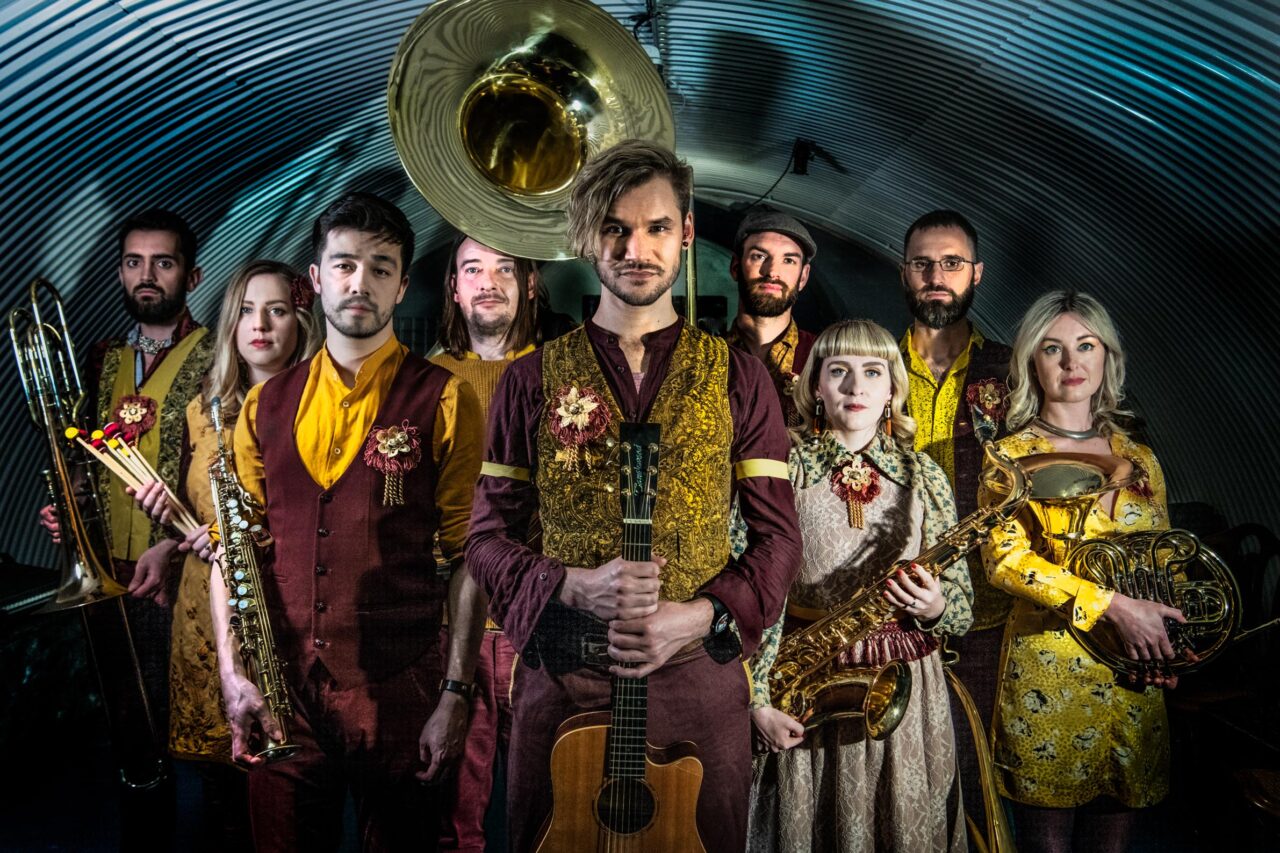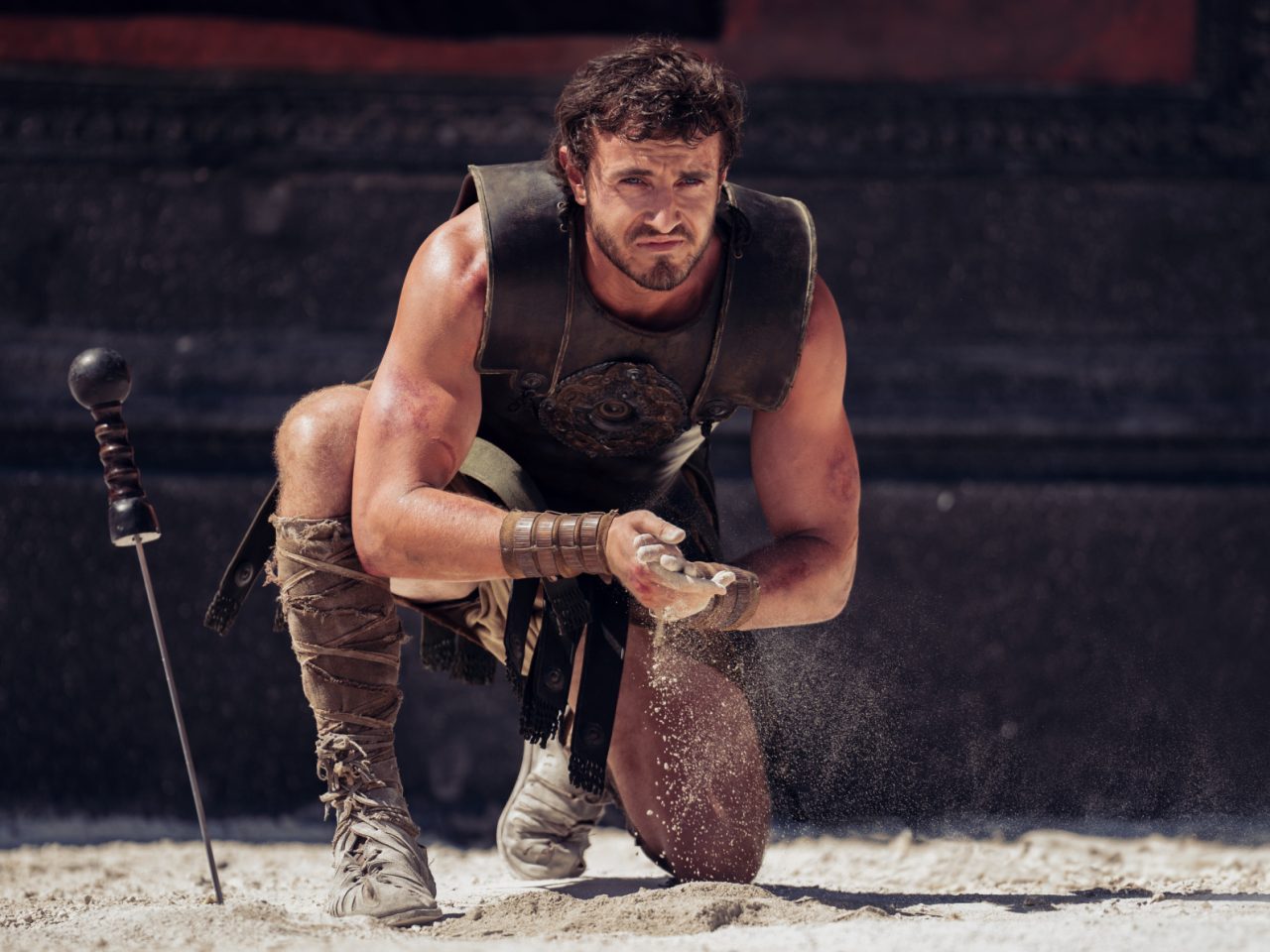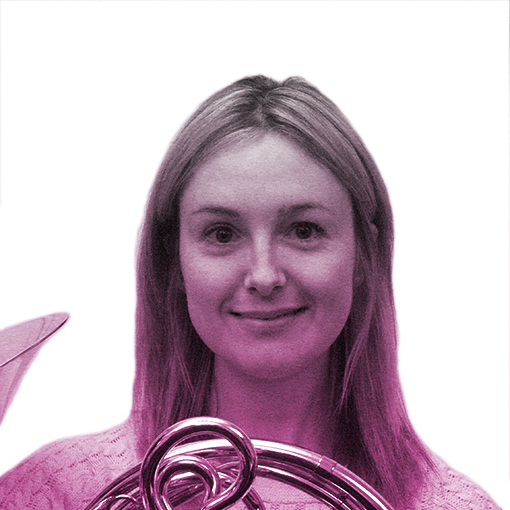After Amadeus, you moved on to a production of Macbeth. How did that happen?
It was a stroke of luck, really. I was already at the National Theatre for Amadeus, and they were planning a production of Macbeth in repertory on the same stage. It meant I didn’t get a day off for about six months because I was doing one show or the other! The composer, Orlando Gough, wanted bespoke instruments for the production—ones that fit the post-apocalyptic aesthetic. We worked with an instrument builder, Simon Harris, to create them. He used lorry springs, tubes, and other materials to make these incredible instruments. One of them was a horn with two bells, one pointing forwards and the other backwards, so you could change the direction of the sound. It was like something out of Mad Max. Being part of the R&D process for that was incredible.
Speaking of bespoke instruments, you’ve gone on to work extensively with ancient horns. Can you tell me about that?
I’ve been fascinated by different forms of the horn for years. During my postgraduate studies at Guildhall, one of my teachers was John Kenny, the world’s leading Carnyx player. He did a concert where he played about eight different ancient instruments, including the alphorn, and I was instantly hooked; I ended up playing the alphorn for my Final performance.
Later, I got more seriously into ancient forms of horn and met Peter Holmes, an instrument designer who’s also a retired engineer and brass player. Peter is incredible—he’s made instruments based on archaeological artifacts and iconography. It’s a hugely complex process that requires skills in archaeology, music, craftsmanship, and acoustics.
Currently, I’m doing a PhD with Manchester University and the National Museums Scotland, researching and exploring the craft processes involved in making these instruments.
A big project that I worked on recently was Viking epic The Northman, directed by Robert Eggers. We had an R&D budget to create period-accurate lurs for the film—these included fragile wooden lurs made from birch bark. The film’s director and the composers Robin Carolan and Sebastian Gainsborough, were very collaborative. They sent me sound ideas and gave me the freedom to experiment with my instruments to create them. It was such a creative process.
[Read more about that process here]
And you’re working with that team again on Nosferatu?
Yes, that’s coming out in January 2025. For Nosferatu, a Vampire horror film, I used a massive Tibetan Dung Chen horn, about ten feet long. It’s traditionally used in Buddhist rituals in Nepal, but it creates such an eerie, otherworldly sound. It’s perfect for a film as haunting and scary as Nosferatu. Again, it’s been an amazing experience working with Eggers and his team. They’re so open to exploring the possibilities of sound and giving me the freedom to see just what the instruments can do, which makes the process incredibly exciting.







